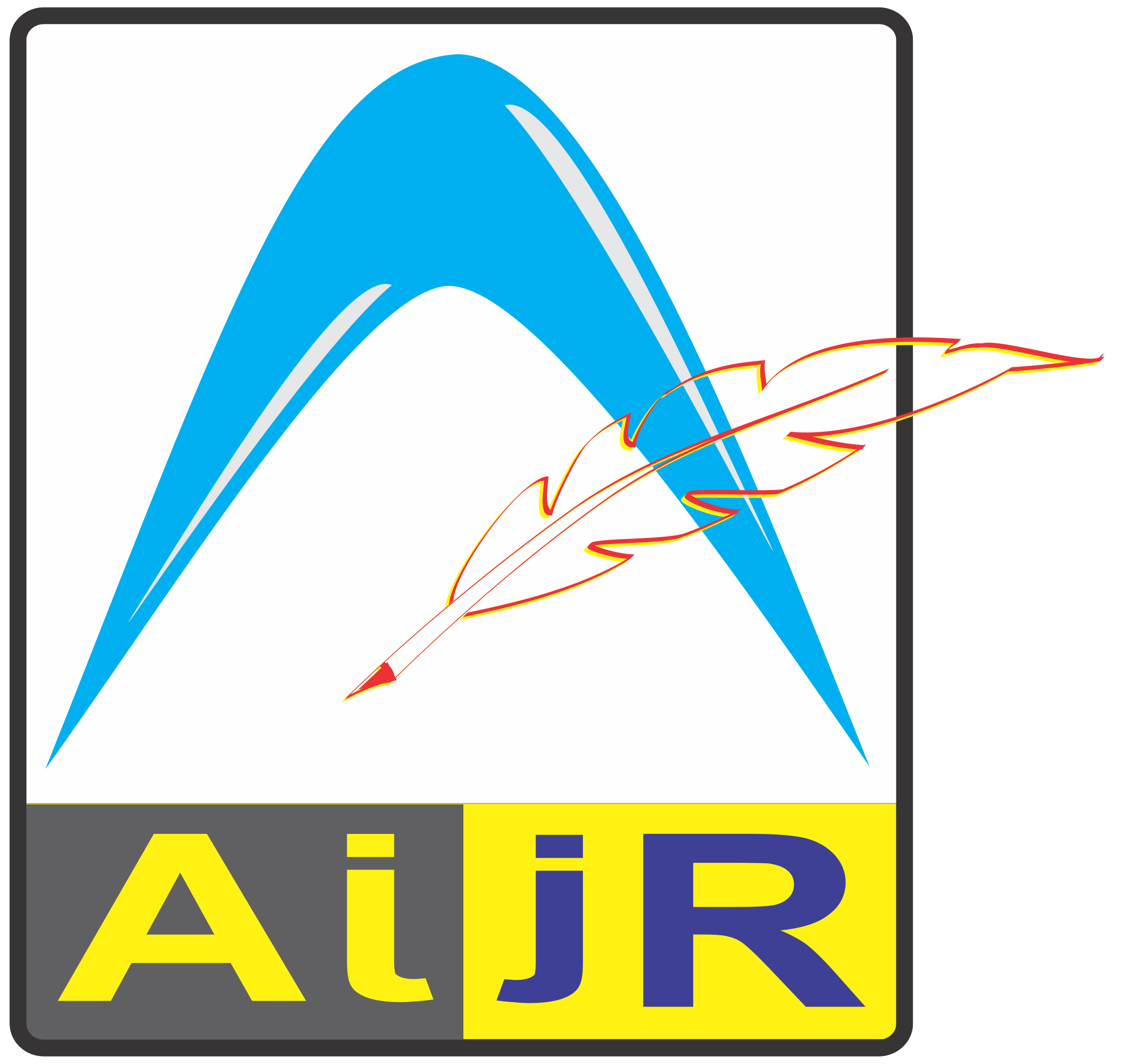Selecting the right framework for building robust, efficient, and scalable applications is paramount for app developers. React JS is among the most widely adopted and popular frontend frameworks, making it excellent for you if you are a developer or want to hire a React developer or look up React developers for hire if you are interested in building an application.
However, it is essential to consider React JS competitors like Angular, Vue.js, and Ember.js to make an informed decision. As a result, developers can decide which one to use by analyzing the strengths, weaknesses, and suitability of these frameworks for various project requirements. Similarly, business owners can determine whether hiring a ReactJS developer is worth their investment. Read this article to the end for a comparative analysis of alternative frameworks.
What is React JS?
Facebook created React JS in 2013 and has experienced tremendous growth ever since. It has completely transformed how developers create user interfaces with component-based architecture and virtual DOM rendering. Its syntax is declarative and has an efficient rendering mechanism, which makes it easy for developers to build highly interactive and responsive applications. React’s ecosystem has several tools, such as Redux for state management and React Router for navigation, further amplifying its capabilities.
Competitors of React JS
Angular, a Google-developed framework, provides a comprehensive solution for large-scale applications. Enterprises favor Angular’s robust features like dependency injection and two-way data binding. Vue.js, a progressive JavaScript framework, balances versatility and simplicity. Its intuitive API and gentle learning curve make it an ideal choice for both beginners and experienced developers. Ember.js, an opinionated framework, prioritizes convention over configuration, promoting code consistency and streamlining the development process.
Comparative Analysis
React’s ability to efficiently update only necessary components in its virtual DOM is essential for evaluating frontend frameworks as it minimizes re-renders and enhances performance. While Angular’s two-way data binding mechanism is convenient, it can lead to performance bottlenecks in large applications, making it essential to consider when evaluating its performance. Vue.js employs a reactive data binding approach similar to React, ensuring optimal performance when evaluating its performance. Ember.js offers predictable performance with its convention-based structure, but it may lack the optimization capabilities of React and Vue.js.
When considering the learning curve for a framework, React’s minimalist API and extensive documentation make it relatively easy to get started. Angular’s steep learning curve can be daunting for beginners, attributed to its comprehensive feature set and complex architecture. Vue.js is often praised for its beginner-friendly nature due to its straightforward syntax and gentle learning curve. Ember.js provides a structured learning path with its conventions and conventions over the configuration approach, although it may be opinionated.
React’s component-based architecture promotes code reusability and maintainability, making it suitable for projects of all sizes when considering scalability and maintainability. Angular’s modularity and dependency injection facilitate the development of large-scale applications, but its rigid architecture may hinder flexibility. Vue.js offers a balanced approach that allows developers to scale applications while maintaining code simplicity and clarity when considering scalability and maintainability. Ember.js excels in maintaining consistency and scalability with its convention-based structure and built-in best practices, but it may limit customization options.
React’s vast ecosystem, comprising numerous libraries and tools, provides solutions for various use cases when considering ecosystem and tooling. Angular’s comprehensive ecosystem includes tools like Angular CLI for scaffolding and RxJS for reactive programming when considering ecosystem and tooling. Vue.js offers a rich ecosystem with tools like Vue Router for routing and Vuex for state management, although it is smaller in scope when considering ecosystem and tooling. Ember.js provides a batteries-included approach with built-in tooling for routing, testing, and build optimization when considering ecosystem and tooling.
Decision Factors for Choosing a Framework
Developers or anyone who wants to hire ReactJS programmers should consider these factors when selecting a framework: project requirements, team skillsets, and long-term maintenance considerations. In addition, React’s efficient rendering mechanism can be beneficial for projects with strict performance requirements, while Angular’s comprehensiveness can be a good fit for enterprise applications. If simplicity and flexibility are the top priorities, Vue.js is an excellent choice, whereas Ember.js provides predictability and scalability for long-term maintenance.

Conclusion
The decision on which frontend framework to use relies on several factors like scalability, performance, learning curve, and ecosystem. React JS, known for its vibrant ecosystem and efficient rendering, remains a top pick for many developers. However, Angular, Vue.js, and Ember.js are strong contenders that offer unique features that cater to diverse project requirements. Nevertheless, developers or those seeking to hire a React developer or hire a ReactJS programmer must carefully assess these frameworks based on specific needs and considerations to make informed decisions and build successful applications.


